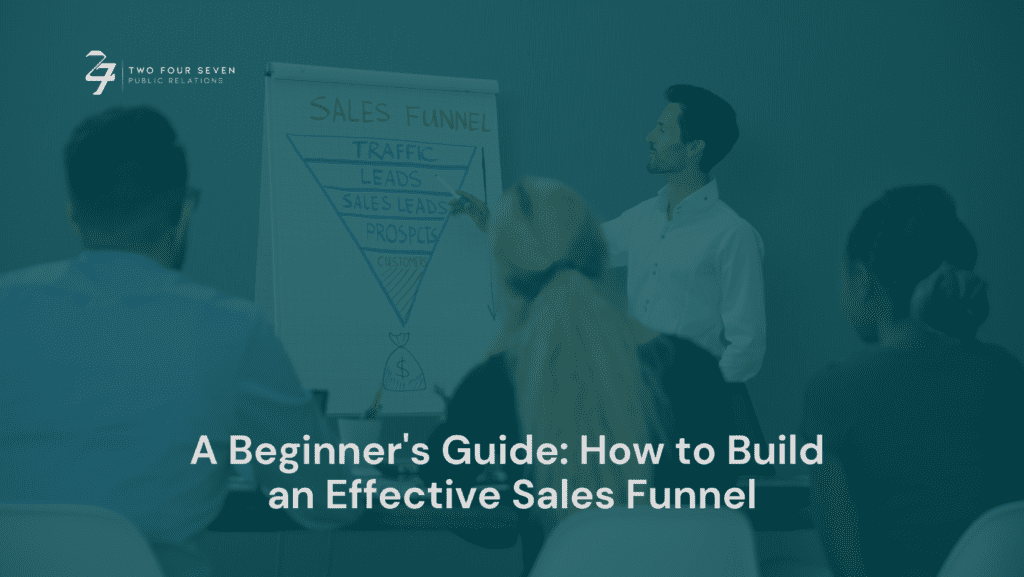
Before we jump into the nitty-gritty, let’s begin by demystifying the concept of a sales funnel. Imagine a real-life funnel, the kind you’d use in the kitchen. A sales funnel works in a similar way, guiding potential customers through a series of steps to eventually make a purchase. These steps typically include awareness, interest, consideration, and finally, the decision to buy.
To create a successful sales funnel, you must have a clear understanding of your ideal customer. Start by developing buyer personas, fictional representations of your target audience. Consider their demographics, needs, pain points, and motivations. The better you know your customers, the more effective your sales funnel will be in addressing their desires and concerns.
Now that you know your target audience, it’s time to create awareness about your brand and products. Utilize various marketing channels such as social media, content marketing, paid ads, or search engine optimization to generate interest and drive traffic to your website or landing page.
Once you have captured your audience’s attention, it’s crucial to keep them engaged. Provide valuable and relevant content, such as blog posts, videos, webinars, or podcasts, that address their pain points and offer solutions. This builds trust, positions you as an authority in your industry, and keeps potential customers moving through the sales funnel.
Now comes the exciting part: converting those interested leads into paying customers. To achieve this, create a compelling call-to-action (CTA) that prompts visitors to take the next step. This could be subscribing to a newsletter, downloading an e-book, or signing up for a free trial. Try making it as easy as possible for potential customers to take action by removing any barriers or distractions.
Congratulations! You’ve successfully converted leads into customers. But the journey doesn’t end there. To foster long-term loyalty and repeat business, focus on nurturing the relationship with your customers. Personalize your communication, provide exceptional customer service, and offer relevant upsells or cross-sells based on their preferences and buying history.
To continuously improve your sales funnel, you must measure its effectiveness. Utilize analytics tools to track key metrics like conversion rates, customer acquisition costs, and customer lifetime value. Identify areas that need improvement and optimize accordingly. A data-driven approach will help you refine your sales funnel over time, leading to higher conversions and greater success.
And there you have it, your comprehensive guide to setting up an effective sales funnel as a beginner. Remember, building a successful sales funnel takes time and experimentation. Be open to trying new strategies, adapting to customer feedback, and refining your approach. With dedication, perseverance, and a bit of creativity, you’ll be well on your way to skyrocketing your sales and achieving your business goals. Best of luck on your entrepreneurial journey!
Our team at Two Four Seven PR offers Digital Marketing, Communications, PR, & Design solutions under one roof. Connect with us now to unleash innovative strategies, build impactful relationships, amplify your brand's voice, and achieve remarkable growth in today's competitive landscape.